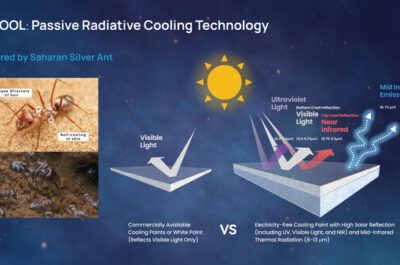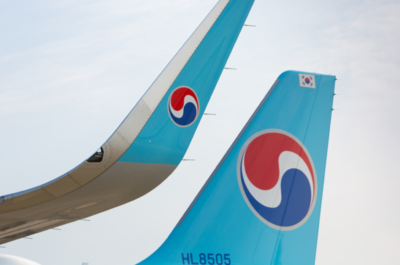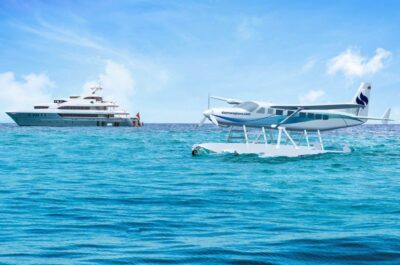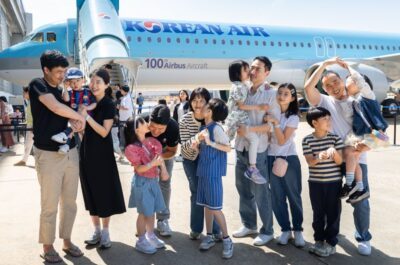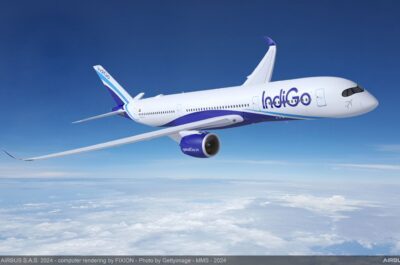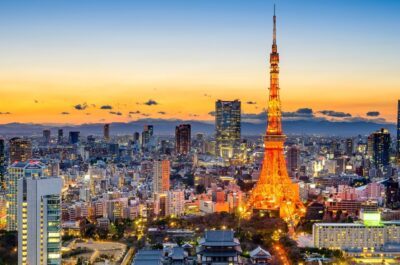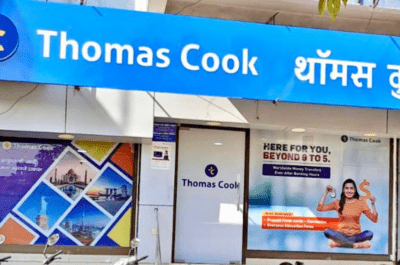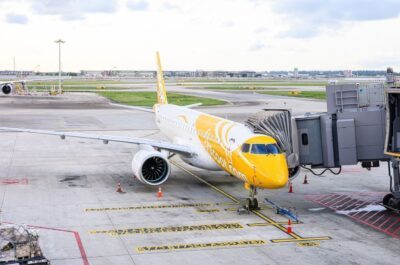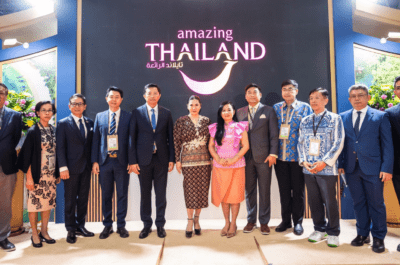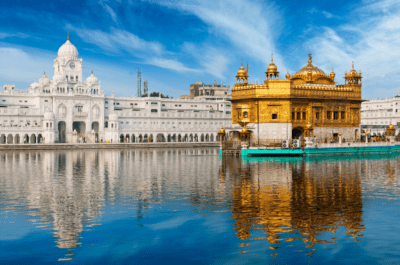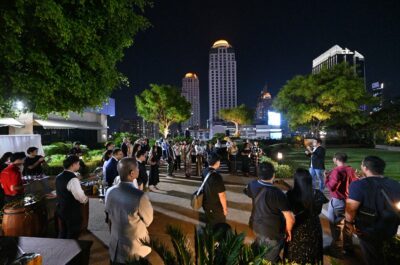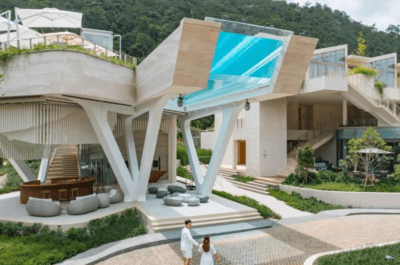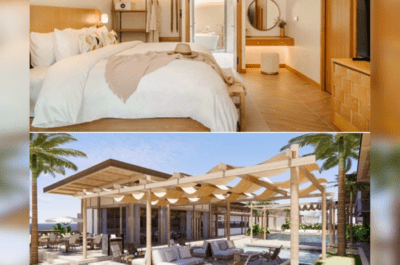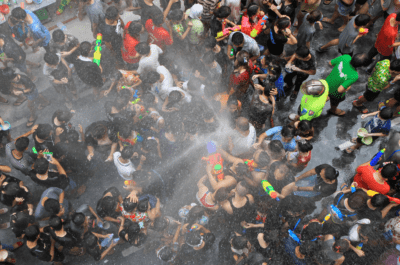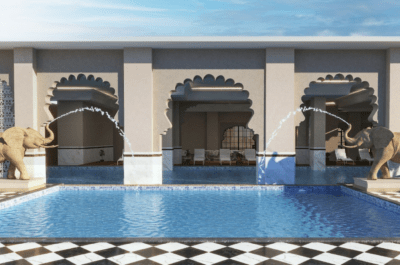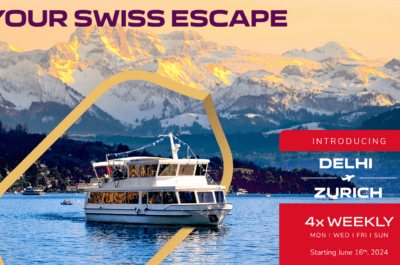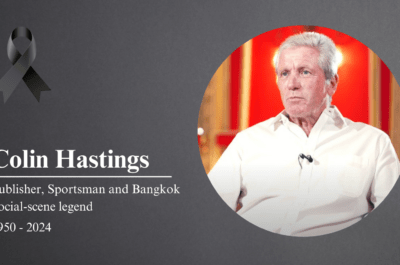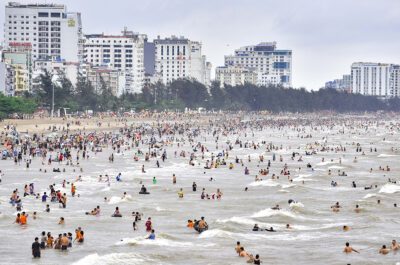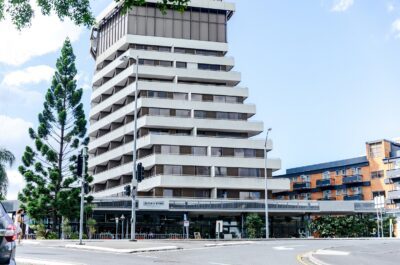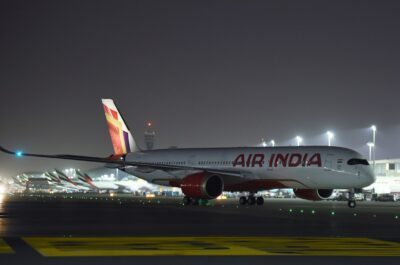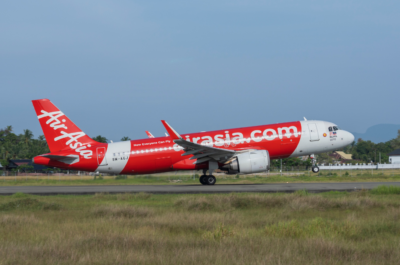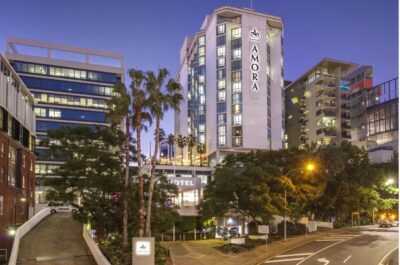Intelligent Spas has released a comprehensive report on the Australian spa industry, identifying spa numbers have grown 129% since 2002. Achieving an unprecedented 64% response rate, this third survey of…
Intelligent Spas has released a comprehensive report on the Australian spa industry, identifying spa numbers have grown 129% since 2002. Achieving an unprecedented 64% response rate, this third survey of spa facilities conducted in Australia by Intelligent Spas, provides a valuable tool for businesses competing in, or supporting the spa industry, to more accurately develop and plan spa-related products, services, campaigns and initiatives. The report, entitled Spa Industry Profile Australia 2002-2007, features over 1,000 quantitative statistics on the Australian spa market as well as supporting qualitative trends and observations from spa owners and managers.
Some key industry totals and averages extracted from the report include:
- Intelligent Spas identified 503 spa facilities located in Australia.
- The average indoor area of spa facilities in Australia was 237 square metres.
- 52% of the total spa space was allocated to treatment rooms.
- Spas contained six treatment rooms on average.
- 65% of spas that provided a relaxation room stated it was gender-shared, compared to 7% that provided both separate and shared rooms and 4% that offered separate rooms.
- Baths with water and/or air jets were provided by 58% of respondents.
- One hour body wraps were priced from $110 on average.
- Herbal tea was the most common complimentary food or beverage item provided by spas, with 92% offering it to visitors.
- The increase in male spa visitors was the most common, current industry trend with 29% of respondents making this observation.
- Spa owners and managers noticed clients’ expectations of the spa experience were rising.
- The majority of spas predicted increases in spa visits and revenue during 2006 and 2007.
The excellent response rate enabled the survey results to be broken down further for more accurate benchmarking and analysis explained Julie Garrow, Managing Director of Intelligent Spas, and it was very interesting to examine the key differences between day spas and destination spas, as well as spas located within the different states of Australia
- Day spas were smaller in terms of indoor space when compared to destination spas.
- Destination spas contained more treatment rooms than day spas.
- Relaxation rooms were more commonly found in day spas.
- Destination spas were more likely to provide Vichy showers.
- Victorian spa facilities were the largest in terms of indoor area.
- New South Wales spas contained more treatment rooms compared to spas in the other states.
- Vichy shower treatments were more commonly available in Queensland spas.
- A higher proportion of respondents in New South Wales stated they offered complimentary authentic spa cuisine to visitors.
Theodore is the Co-Founder and Managing Editor of TravelDailyNews Media Network; his responsibilities include business development and planning for TravelDailyNews long-term opportunities.
